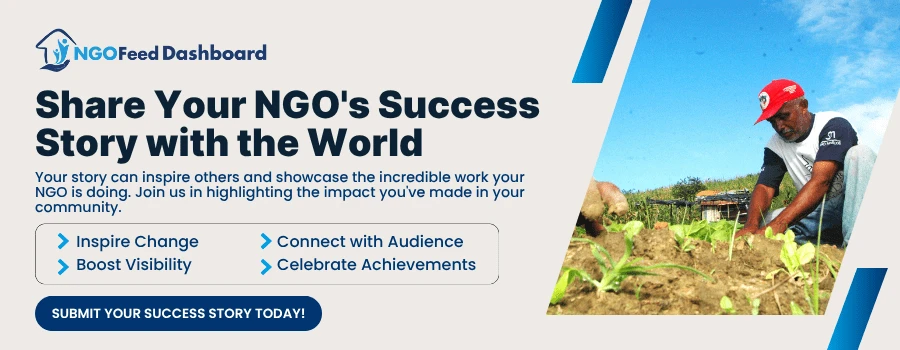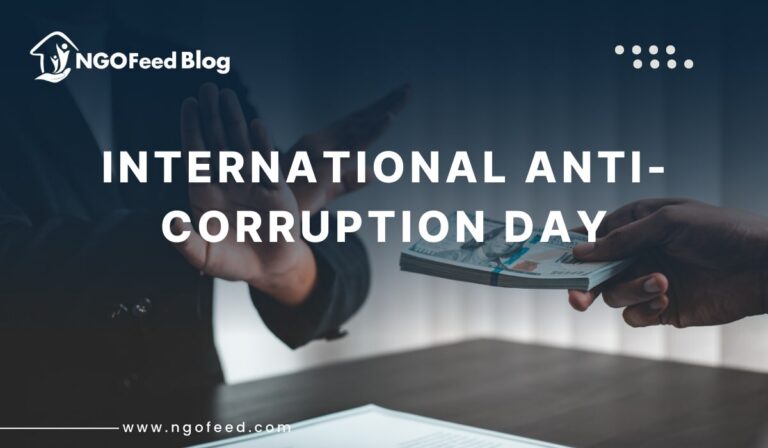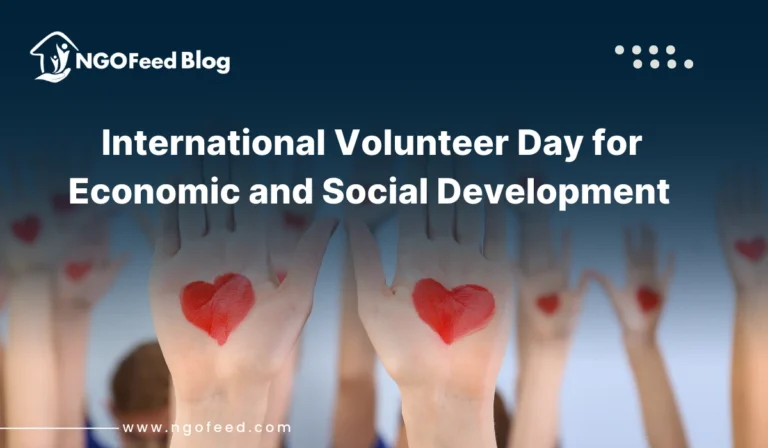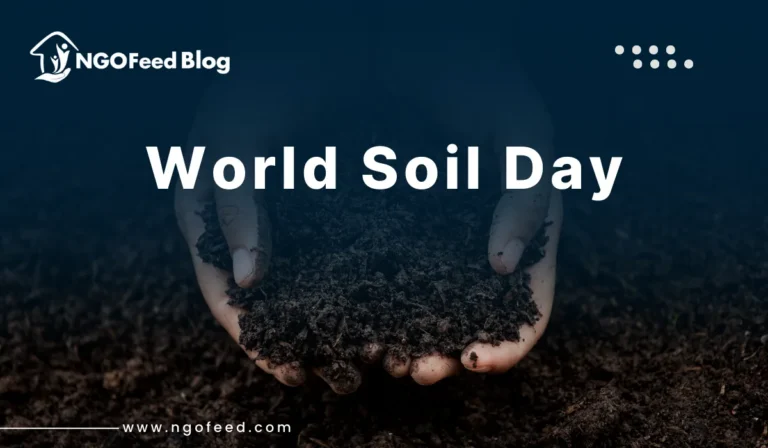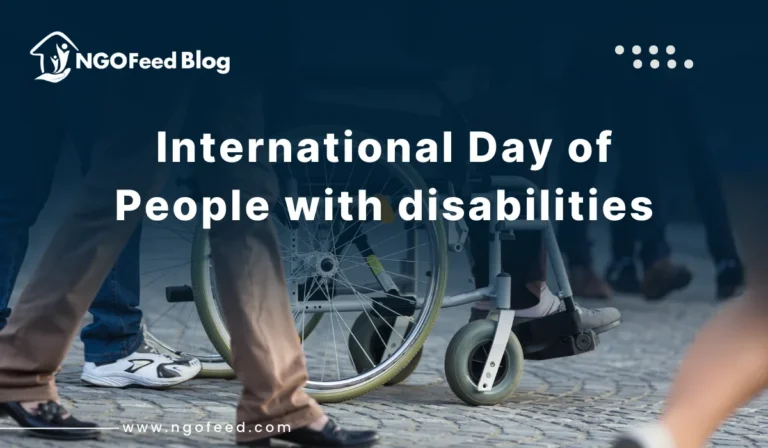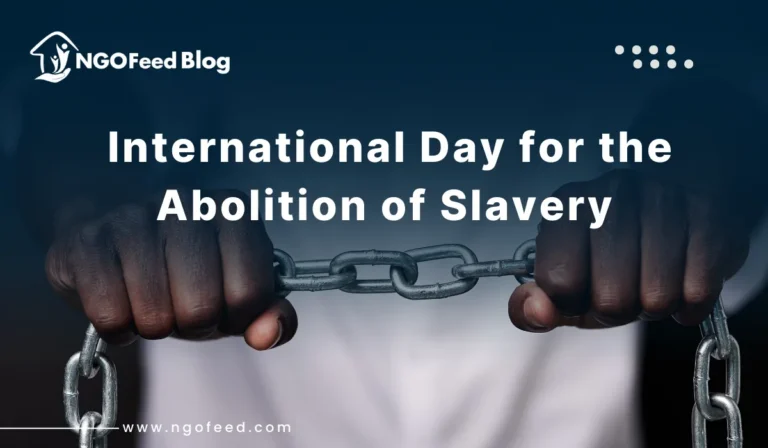Viral Nonprofit Campaigns: In the busy realm of social causes, nonprofits encounter the challenge of standing out and capturing the attention of the public. A viral campaign, with its capacity to spread quickly and organically, serves as a formidable tool for nonprofits to enhance their message, increase engagement, and garner support. Nevertheless, crafting a viral campaign is not a matter of luck; it necessitates strategic planning, innovative execution, and a profound comprehension of what resonates with audiences in the digital era.
Table of Contents
Comprehending the Influence of Viral Nonprofit Campaigns:
Viral campaigns harness the power of social media and online platforms to disseminate a message swiftly and extensively. They connect with emotions, create shareable content, and motivate action. For nonprofits, viral nonprofit campaigns can:
Also Read: Facebook Grants for Nonprofits
- Enhance Awareness: Reach a diverse audience and cultivate awareness about pressing social issues.
- Encourage Engagement: Foster online interaction, participation, and sharing.
- Elevate Fundraising: Generate contributions and attract new allies.
- Strengthen Brand Recognition: Bolster the nonprofit’s brand and position it as a leader in its domain.
- Inspire Action: Motivate individuals to act, such as by volunteering, signing petitions, or advocating for policy reforms.
Also Read: Engaging Gen Z in Philanthropy for Nonprofits
Essential Components of Viral Nonprofit Campaigns:
Engaging Storytelling:
- At the core of every viral campaign lies an engaging story that connects with the audience on an emotional level.
- Stories ought to be genuine and relatable and evoke empathy.
- Visual storytelling, through videos and images, is especially effective in drawing interest.
- Example: Charity: Water’s campaigns frequently showcase impactful narratives of individuals whose lives have been changed by gaining access to clean water.
Emotional Connection:
- Viral content often engages with strong feelings, such as joy, sadness, anger, or motivation.
- Nonprofits can utilize emotional appeals to link with their audience and drive them to take action.
- However, it’s vital to employ emotions responsibly and avoid manipulative strategies.
- As noted by a study from Jonah Berger, high arousal emotions, whether positive or negative, enhance the chances of content being shared.
Shareable Content:
- Viral nonprofit campaigns depend on content that individuals are inclined to share with their social circles.
- Content should be visually attractive, engaging, and easily comprehensible.
- Videos, infographics, and interactive content are extremely shareable.
- Content that provides value, like educational information or practical advice, is also much more likely to be shared.
Also Read: Tips for Building Long-Term Relationships with Donors
Clear Call to Action:
- A viral campaign should incorporate a clear and concise call to action that informs individuals what they can do to support the cause.
- Calls to action must be specific, measurable, achievable, relevant, and time-bound (SMART).
- Examples: Donate now, sign the petition, share this video, volunteer today.
Strategic Use of Social Media:
- Social media platforms are vital for amplifying viral NGO campaigns.
- Nonprofits should select platforms that match their target audience and campaign objectives.
- They should utilize relevant hashtags, engage with influencers, and conduct targeted advertising efforts.
- According to the “Global NGO Technology Report,” 82% of NGOs utilize social media for advocacy and fundraising.
Authenticity and Transparency:
- In a time of scepticism, authenticity and transparency are essential for establishing trust.
- Nonprofits ought to be transparent and candid about their operations, the obstacles they face, and their effects.
- They must refrain from over-promising or amplifying their achievements.
Leveraging User-Generated Content (UGC):
- Motivating users to produce and disseminate their own content related to the campaign can greatly enhance its reach.
- UGC contributes authenticity and fosters a sense of community.
- Example: The “Ice Bucket Challenge” significantly utilized UGC to increase awareness of ALS.
Also Read: Financial Management Tips for NGOs
Influencer Marketing:
- Collaborating with influencers who possess a large and engaged audience can assist nonprofits in reaching new demographics.
- Influencers can produce genuine content that connects with their followers and promotes the campaign.
- Ensure that influencers resonate with the nonprofit’s principles and mission.
Data-Driven Optimization:
- Monitor essential metrics, such as reach, engagement, and donations, to evaluate the campaign’s effectiveness.
- Utilize data to discern what is effective and what is not and make modifications as necessary.
- A/B testing can aid in refining content and calls to action.
Timing and Relevance:
- Campaigns that connect with current events or trending subjects have a greater likelihood of going viral.
- Timing is essential. Initiating a campaign at the appropriate time can significantly influence its reach.
Examples of Successful Viral Nonprofit Campaigns:
- The Ice Bucket Challenge (ALS Association): This initiative raised awareness and funds for ALS research by encouraging individuals to pour ice water over their heads and then nominate others to participate.
- #NoMakeUpSelfie (Cancer Research UK): This campaign prompted women to share selfies without makeup to promote cancer awareness.
- #LikeAGirl (Always): This initiative challenged gender stereotypes and empowered young females.
- Movember (Movember Foundation): This yearly campaign motivates men to grow Mustaches to raise awareness regarding men’s health issues.
Also Read: How to Choose the Best Crowdfunding Website: A Comprehensive Guide
Challenges and Considerations:
- Maintaining Control: Viral campaigns can develop a life of their own, and nonprofits may have constrained control over how they are interpreted or utilized.
- Negative Backlash: Viral NGO campaigns can occasionally draw negative attention or criticism.
- Sustainability: Viral nonprofit campaigns may be transient, and nonprofits must have a strategy for converting short-term engagement into lasting support.
- Ethical Considerations: Verify that the campaign does not exploit or dehumanize beneficiaries.
Conclusion:
Viral campaigns serve as a powerful instrument for nonprofits to amplify their message and promote social change. By crafting engaging narratives, tapping into emotions, and utilizing the power of social media, nonprofits can develop campaigns that resonate with audiences and inspire action. Nonetheless, it is crucial to approach viral campaigns strategically and ethically, ensuring that they are congruent with the organization’s mission and values. By merging creativity, data-driven optimization, and a thorough understanding of their audience, nonprofits can leverage the digital spark to generate campaigns that ignite change and create a lasting effect.


